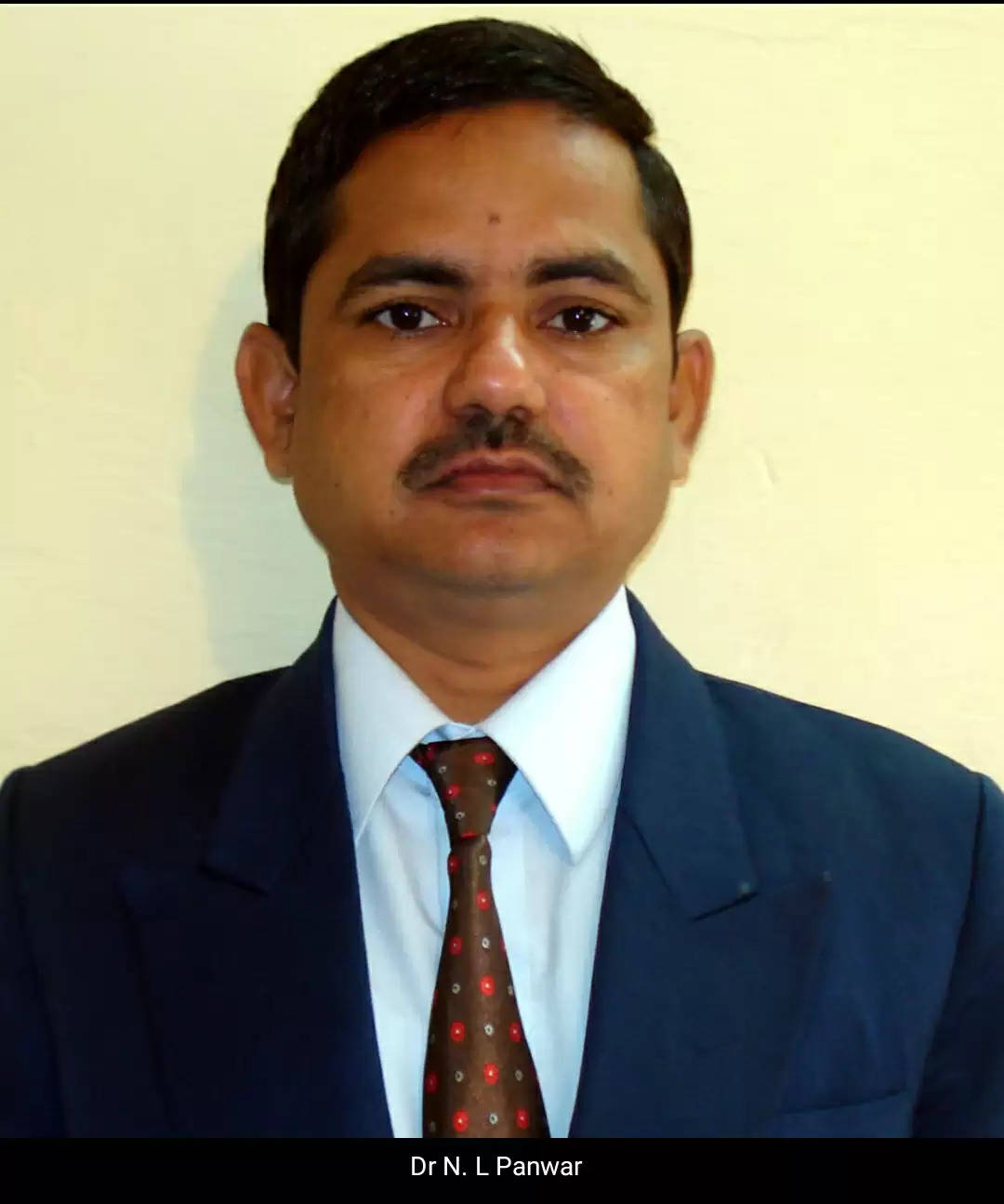Udaipur scientist listed in Stanford list of top 2 percent sceintists worldwide
Dr NL Panwar has been named in the list with 86 research papers to his name and an H-IIndex of 22; which means that 22 of his most cited research papers have been cited 22 times each.
Over 2000 Indian scientists have made it to the list this year.
Dr NL Panwar from Udaipur has featured in the Top 2% Scientists list released by Stanford University and Elsevier BV.
Dr NL Panwar is Assistant Professor in the Renewable Energy Engineering Department at the College of Technology and Agriculture Engineering, MPUAT in Udaipur. This is the second conecutive year that Dr Panwar has featured in this list, which is an achievement for CTAE.
This list is prepared by Stanford-Elsevier based on career-long data and single-year impact. Based on this methodology, derived from the Scopus Index and the H-Standard, Dr Panwar has 86 research papers to his name and has scored a 22 in the H-Index Standard.
Dr PK Singh, the Dean of CTAE in his message to media said that Dr. Panwar has been assciated to research activities from the very beginning of his professional life. He has innovated new techniques for agriculture, that have benefitted farmers and commercial units that thrive on agriculture.
There is no large scale database that systematically ranks all the most-cited scientists in each and every field to a sufficient ranking depth. There are some like Google Scholar that allow scientists to create their profiles and share them in public. This large database created by experts at Stanford University led by Dr John Ioannidis is also based on data from Scopus that ranks journals and gives a citation index.
Dr. Rathore, the Vice Chancellor of MPUAR expressed his appreciation on the achievement by Dr Panwar and encouraged all research scientists to work on high quality research and get published in journal of international repute to take the standing of CTAE to new levels.
What is H-Index
The H-Index is a numerical indicator of how productive and influential a researcher is. It was invented by Jorge Hirsch in 2005, a physicist at the University of California. Originally, Professor Hirsch wanted to create a numerical indication of the contribution a researcher has made to the field. An H-index is given to someone on the basis of the number of papers (H) that have been cited at least H times. 84% of Nobel prize winners in physics, for example, had an h-index of at least 30.
To join us on Facebook Click Here and Subscribe to UdaipurTimes Broadcast channels on GoogleNews | Telegram | Signal



